
I've recently released my new book, Tales from the Towers, which tells the story of how Alton Towers developed from a barren patch of land holding a small hunting lodge into the UK's most popular theme park. We're serialising select parts of the book on Theme Park Tourist, along with photos that didn't make it into the print edition. In this tenth article, you can learn about one of the major competitors to the park that emerged in the 1980s.
Sign up for our special newsletter to be notified when the book is released, and when further articles in this series are published.
With his success at Alton Towers during the 1980s, John Broome had almost single-handedly created the UK theme park industry. Even as he was trying (and failing) to develop a second park at Trentham, though, competitors were circling, determined to grab a slice of the pie. Some of Broome's contemporaries had big ideas, but could they pull them off?
Among the first to try was KLF, a Kent-based company fronted by chairman and managing director Peter Kellard. In 1979 – before the debut of the Corkscrew – the firm had signed a deal with Derbyshire County Council to redevelop a 350-acre former opencast mining site into a major theme park that would celebrate Britain’s past, present and future. The initial plan was for Britannia Park to open in 1982, with £5 million being invested by KLF on the park itself and the council chipping in £750,000 to cover the cost of access roads, car parks and toilets.
Announcing the project at Hyde Park in London, Kellard was in confident mood. "There was never any doubt that this joint venture could be successful given a potential market of 17 million people within a 70-mile radius and the fine site we had," he said. He went on to predict that Britannia Park would eventually replace the Tower of London as the UK’s most popular tourist attraction, with more than 5 million visitors per year. Councillor Norman Wilson, meanwhile, said: "Certainly Derbyshire County Council expects a healthy return for its money."
Kellard was sure that the park would open on time: "There is no question that we shall open in the spring of 1982 – Disneyland was built in one year and one day. We can at least do as well as that." Almost immediately, though, local residents objected to the project on the basis that it would generate a huge volume of traffic, as well being overly noisy. They took the council to court, and the agreement between it and KLF was found to be invalid. Worse was to come. The Conservative council was swept out in the 1981 election, and the victors – Labour – had pledged to scrap the Britannia Park development.
KLF were determined to proceed anyway, and took the council to court in for violating the agreement. After a series of legal battles, they were victorious over the Friends of Shipley Park residents group, paving the way for construction to begin in 1983 – some three-and-a-half years after the project was announced.
The company's pedigree wasn’t exactly world-class. It had built Tucktonia Park in Bournemouth, which featured small-scale models of well-known landmarks (similar in style to the Miniland attractions at today’s Legoland theme parks). Still, it had ambitious plans for Britannia Park. These were largely based on the model established by Epcot at Walt Disney World, which combined educational exhibits with high-tech rides. Involvement in test promotions in the US had convinced KLF that the theme park industry was moving away from thrill rides: "People want to be informed in a nice, entertaining way," according to Kellard.
Epcot had cost upwards of $800 million to build. The budget for Britannia Park was a tiny fraction of this. KLF, though, hoped that – as with the Disney park – sponsors would cover some of the expense. "To participate in Britannia Park is to contribute to the success and share in the benefits of a major national tourist centre," was the promise in the park’s brochure.
The initial plans were for "an exhibition of British genius in industry, science, social reform and invention", based around an enormous lake. Guests would enter via a "classic colonnade", lined by shops and cafes. The lake would host water sports activities, while a Wonderland exhibition would portray characters from British children’s literature in indoor and outdoor areas. Adventureland would be a "high-quality", family-friendly amusement park featuring "spectacular catapult rides" and an assault course.
Festival Village would host demonstrations of blacksmiths and other craftspeople in a period setting. As at Tucktonia Park, 1/24 scale models would be employed (supported by animation and audio systems), in this case to tell the history of the Commonwealth in Small World. An amphitheatre would host concerts, military displays, sporting events and exhibitions.
The centrepiece, though, would be the British Genius area, boasting eight Epcot-style pavilions sponsored by private sector companies, which would show off major industries. A second phase of construction would add centres for sports, horse riding, golf, sailing, plus a motel, hotel and a 100-unit caravan park. Guests would also be able to stay in rustic log cabins, complete with a "frontier post" shop.
By June 1985, £20 million had been raised, with KLF promising that this would eventually rise to £50 million. The park’s opening day was scheduled for June 27, and Kellard was already boasting of plans for a second theme park elsewhere in the country.
"Rule Britannia, Britannia Park is great" was the catchy jingle that accompanied the park’s advertising. Heavyweight boxer Henry Cooper was on hand to open the park, while a Concorde performed a flypast. Kellard promised that guests would "see a whole representation of the country in one day". For this privilege, adults would pay £3, and children £1.50.
Unfortunately, the park was far from finished. The entrance area was in place, along with five of the pavilions in the British Genius area and a miniature railway line. The Bass brewing firm sponsored one pavilion, as well as a pub called the Britannia set around a "village green". The National Coal Board sponsored another, while the Royal Mint was also on-board. Much of the rest of the site hadn’t even been landscaped by this point, and resembled a construction site.
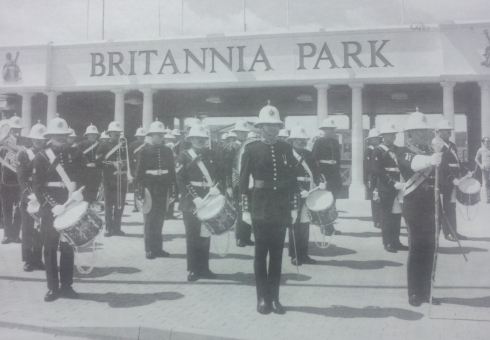
The 1985 season proved to be a disaster, with wet weather keeping visitors away and hindering construction efforts. Mere weeks after the grand opening, KLF was selling shares in its business in order to pay off creditors, and some staff were laid off after just a month. It was a futile effort, and Britannia Park was placed into receivership on September 9. The park shut its gates after just 12 weeks in operation at the end of November 1985.
With no private sector rescuer stepping up, Derbyshire County Council was forced to buy back the park for £2.5 million with the aid of a bank loan. It would eventually reopen two years later as the American Adventure, a park that Broome would cross paths with later in his career.
The Fraud Squad subsequently launched an investigation into the running of the park, resulting in one of the longest criminal trials in UK history. Lasting fourteen months, this revealed that KLF was in £8.7 million of debt. Bass Breweries was owed £130,000, while even Henry Cooper’s appearance fee of £10,000 was unpaid. Kellard was eventually sentenced to four years in prison for his part in the fraud (he served just one, for health reasons), with the chairman of Britannia Park, John Wright, receiving a six-month sentence.
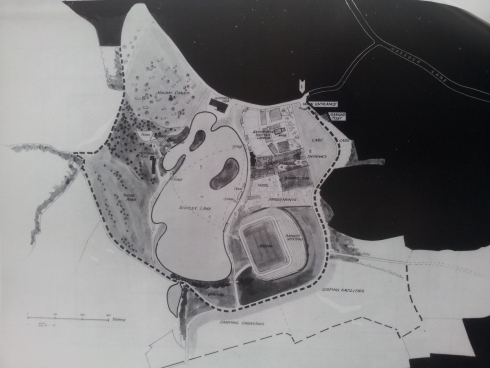
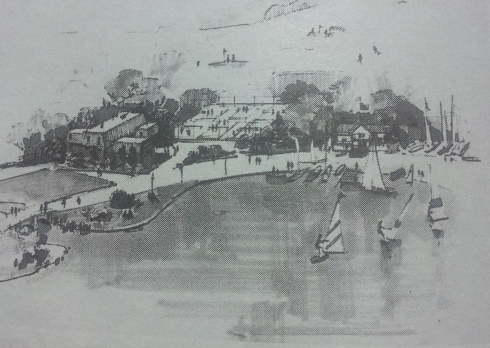
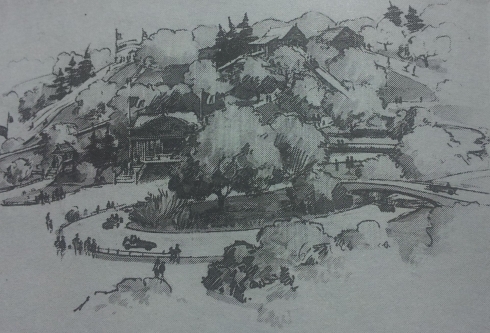
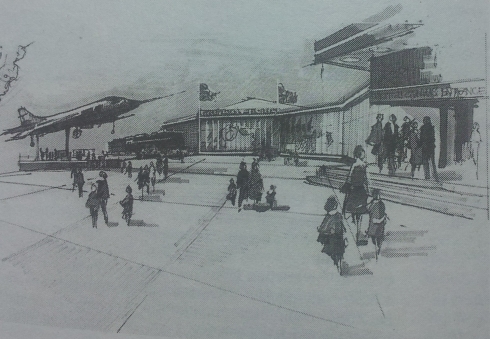

Comments
I was at the opening of Britannia Park and it was one of the most dismal events I have ever been to. Admittedly the Concorde flyover was spectacular but mainly it was just embarrassing to be at what was billed as a showcase for Britain and in reality would have disgraced a poverty stricken banana republic.